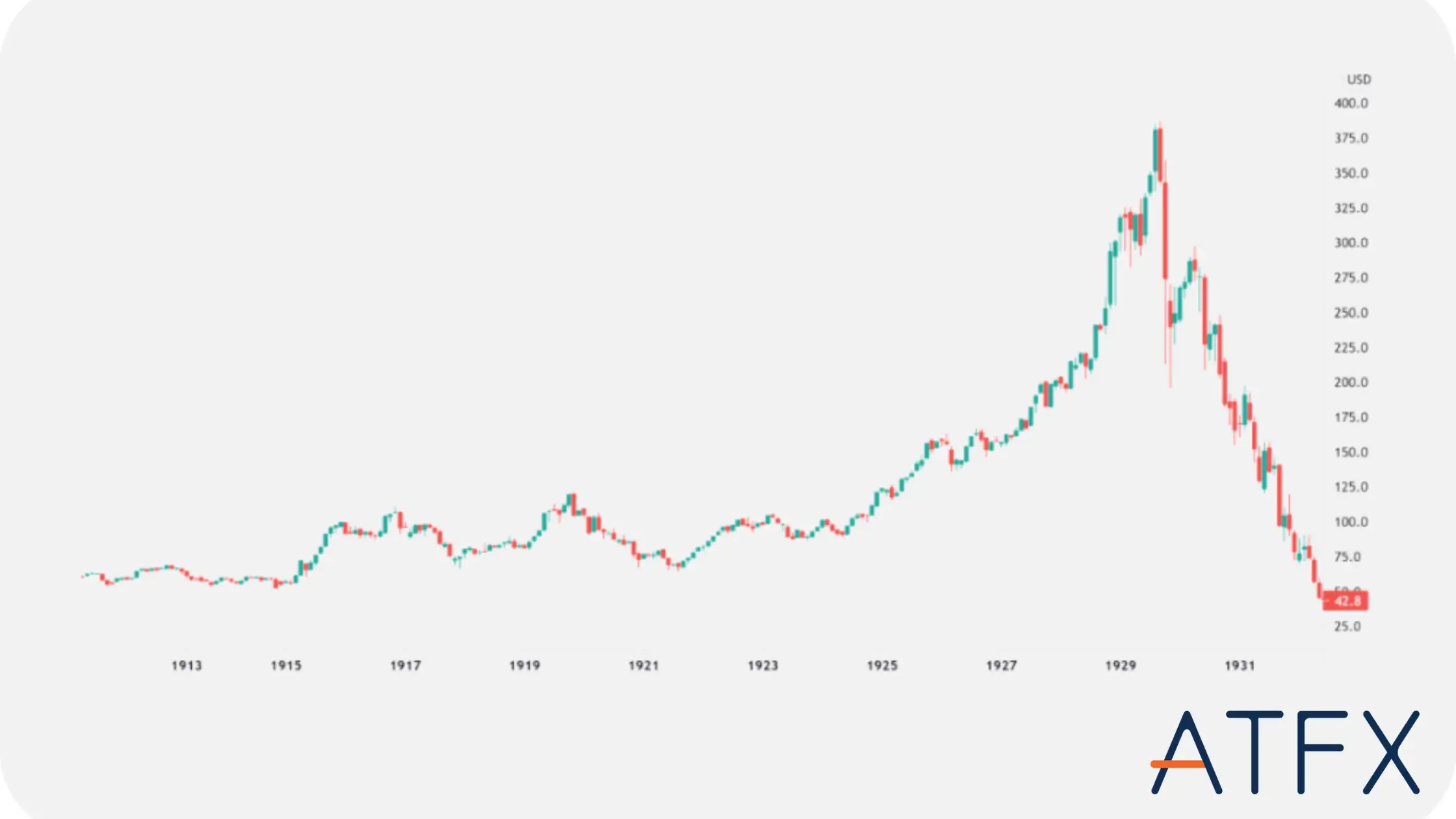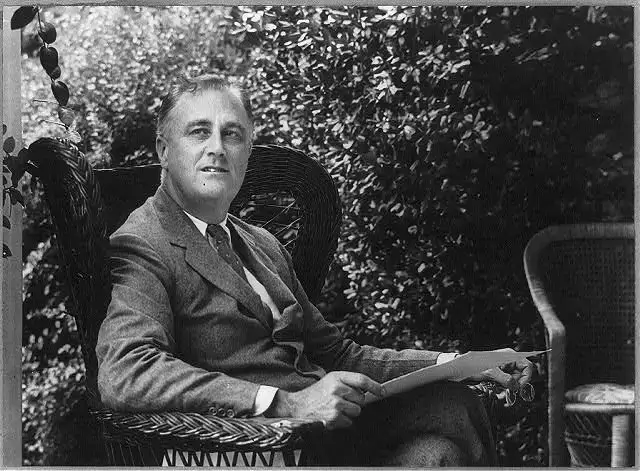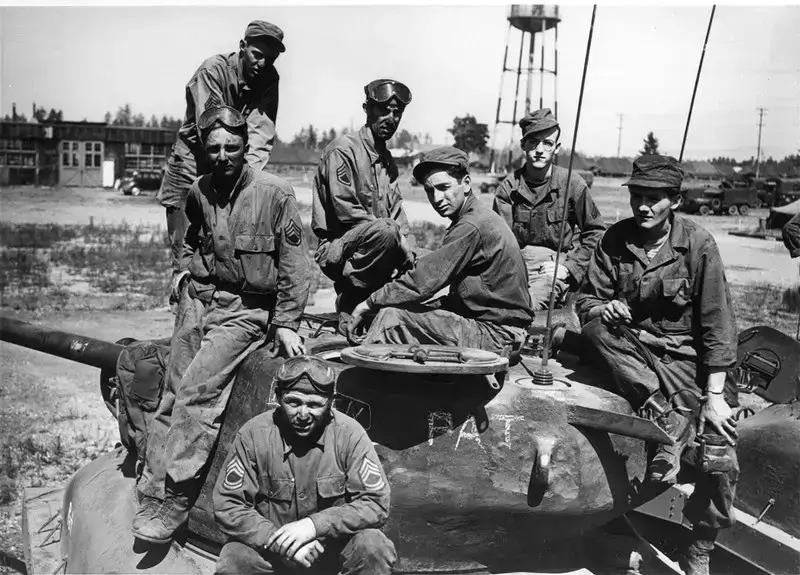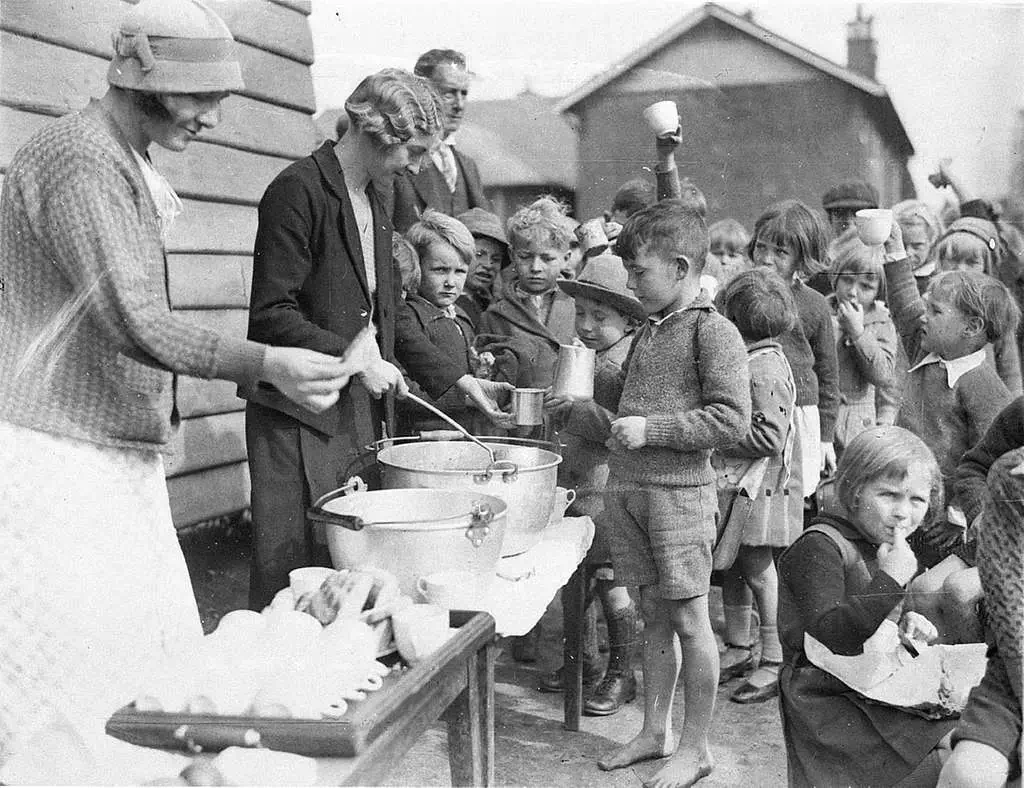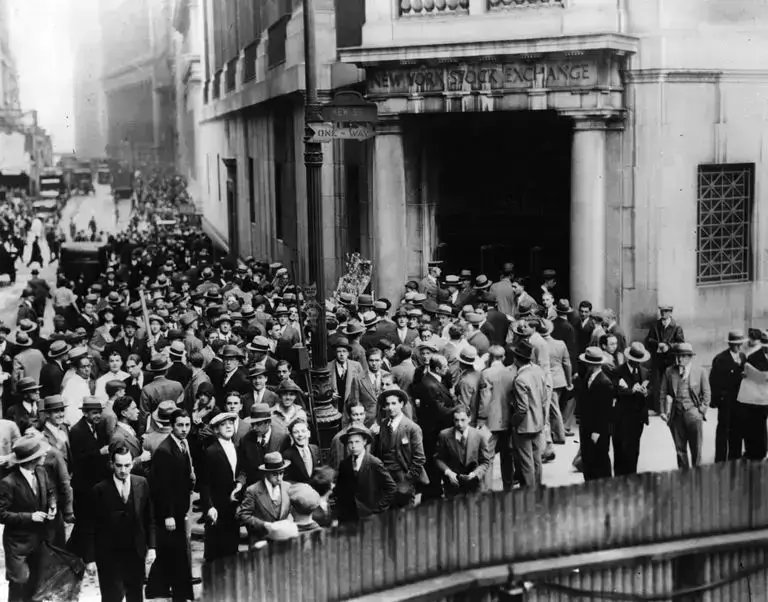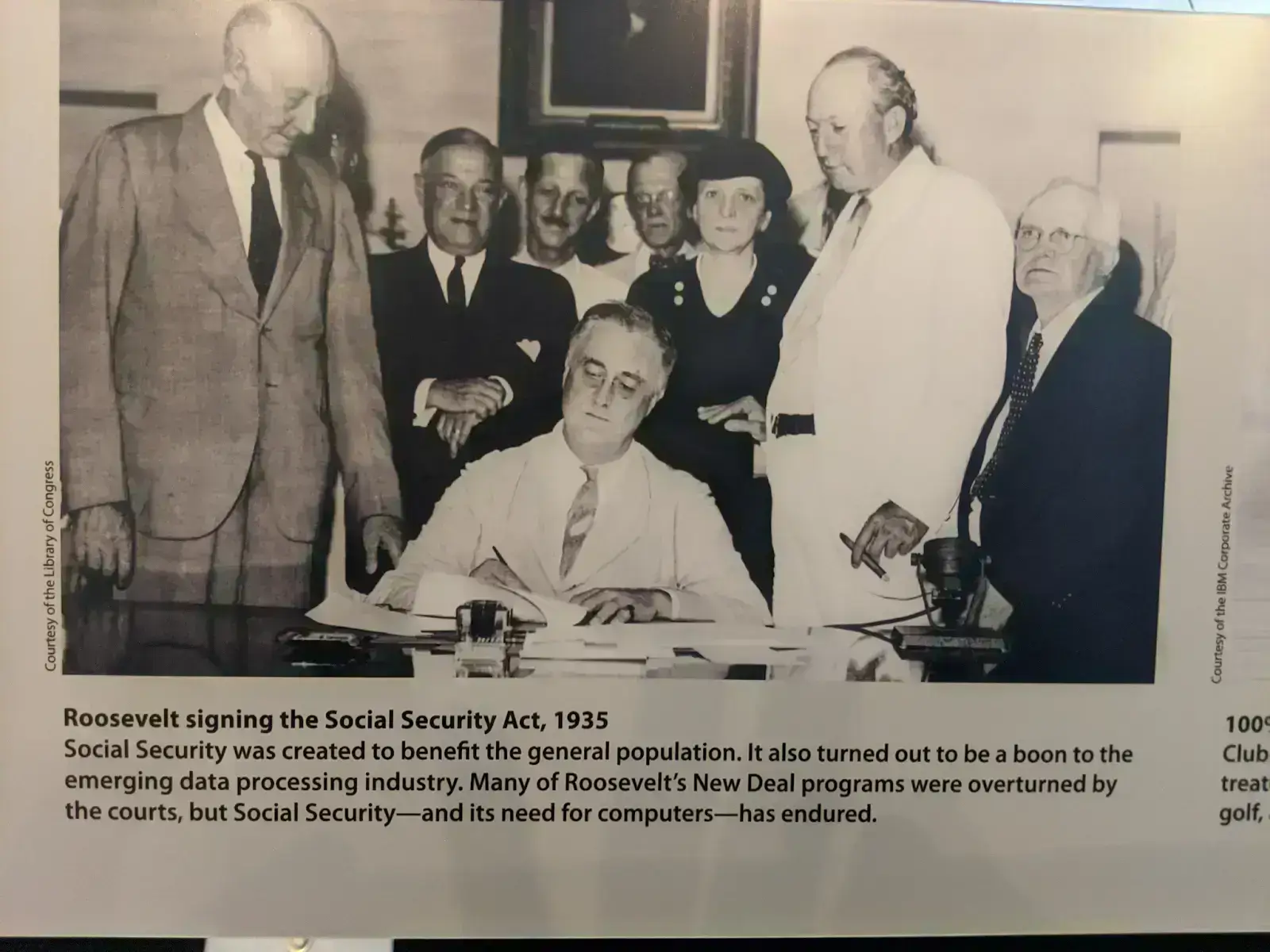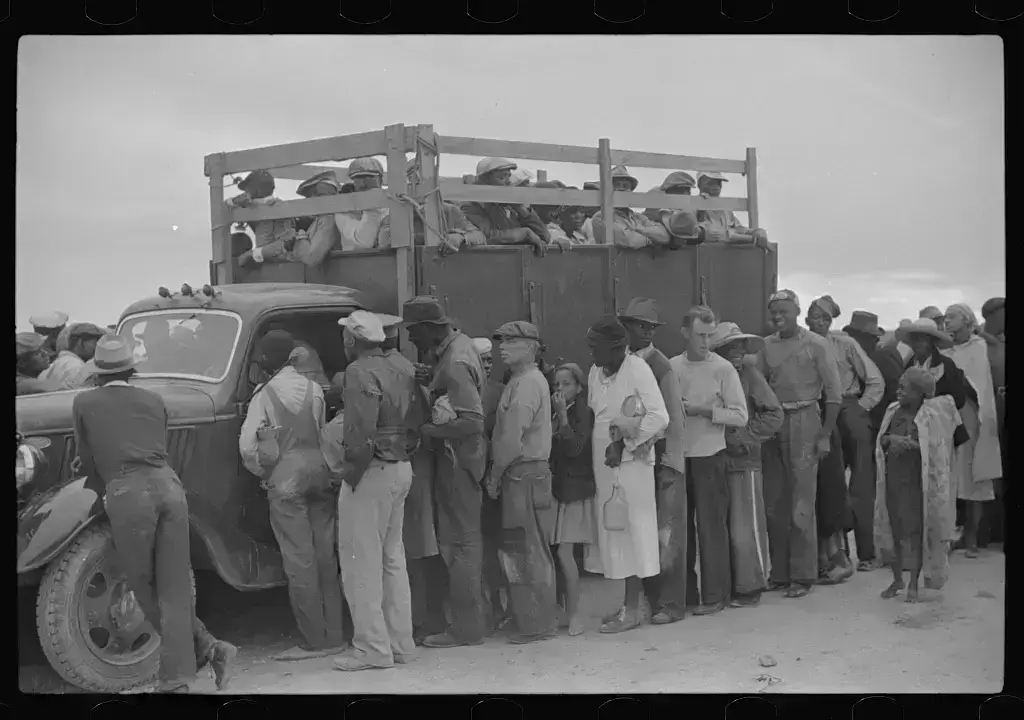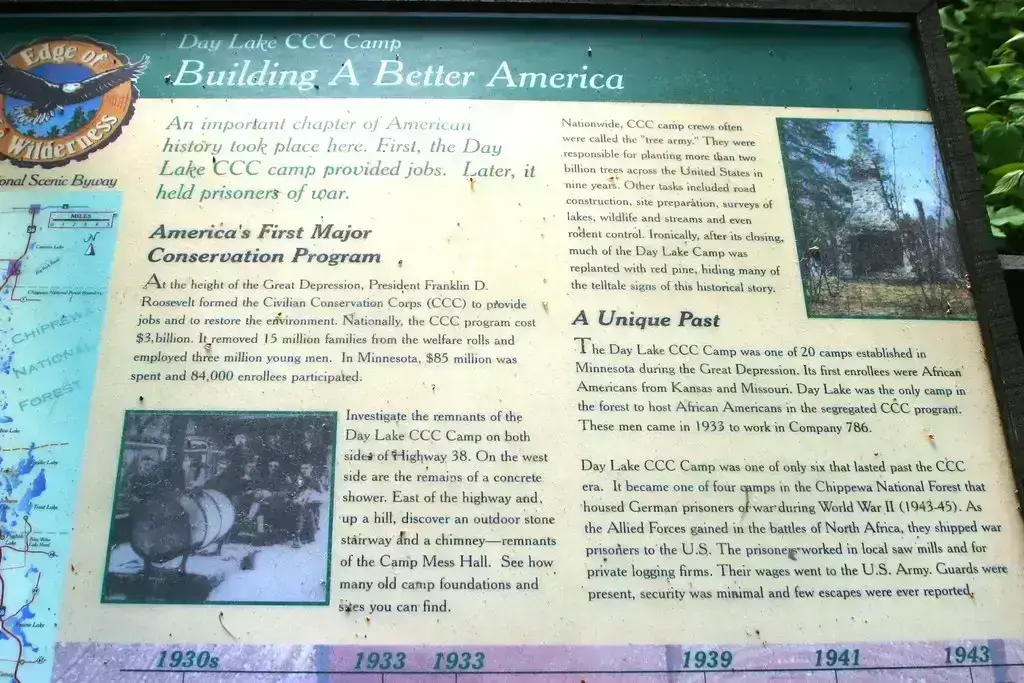Table of Contents
1.When was the great depression?
2. What caused the great depression?
3. How long did the great depression last?
4. Who was the president during the great depression?
5. What ended the great depression?
6. What was the rate of unemployment during the great depression?
7. How many people were unemployed during the great depression?
8. What was the new deal during the great depression?
9. How did the new deal help the great depression?
10. How did people survive the great depression?
11. What was life like during the great depression?
12. What did people eat during the great depression?
13. How many people died in the great depression?
14. What were the effects of the great depression?
15. Where did the great depression take place?
16. How many banks failed during the great depression?
17. Why did banks fail during the great depression?
18. How did the government help during the great depression?
19. How were minorities at a disadvantage during the great depression?
20. Why was the great depression important?
21. What were the global impacts of the great depression?
1. When was the great depression?
1929 to 1939
2. What caused the great depression?
Some key factors that contributed to the Great Depression include:
I. Stock Market Crash:
The stock market crash of October 1929, also known as Black Tuesday, signaled the start of the Great Depression. The crash led to a collapse in stock prices, which wiped out billions of dollars in investment value.
II. Overproduction and Under consumption:
In the years leading up to the Great Depression, there was a boom in industrial production, but wages did not keep pace with the rising output. As a result, there was an oversupply of goods consumers could not afford.
III. Banking Failures:
Many banks were highly leveraged in the 1920s, making risky loans with borrowed money. When the stock market crashed, many banks failed, causing a cascade of bank runs and further economic instability.
IV. Agricultural Depression:
Farmers in the United States faced economic hardships during the 1920s due to falling crop prices, overproduction, and mounting debt. The agricultural sector’s decline further deepened the overall economic downturn.
V. Government Policies:
Some economists argue that government policies, including the Federal Reserve’s decision to tighten the money supply in the early 1930s, worsened the depression by limiting credit availability and making it harder for businesses to borrow money.
The causes of the Great Depression were complex and multifaceted, and historians and economists continue to debate the specific factors that led to the economic downturn.
3. How long did the great depression last?
The Great Depression lasted for about a decade, from 1929 to 1939.
However, the severity and duration of the depression varied across countries and regions.
In the United States, the depression began with the stock market crash in 1929 and lasted until the late 1930s.
The United Kingdom, which was heavily affected by the depression, saw high levels of unemployment and low economic growth until World War II in 1939.
In some other countries, such as Germany, the effects of the depression were less severe in the early years but became more acute in the mid-1930s.
4. Who was the president during the great depression?
Franklin D. Roosevelt, served from 1933 to 1945.
5. What ended the great depression?
The Great Depression ended largely due to a combination of factors, including the following:
I. World War II:
The economic mobilization for World War II helped to end the Great Depression in many countries, including the United States. The massive spending on the war effort created jobs and stimulated the economy, leading to a resurgence of economic growth.
II. Fiscal and Monetary Policy:
The policies of governments and central banks also played a role in ending the Great Depression. In the United States, the New Deal programs of President Franklin D. Roosevelt and the monetary policy of the Federal Reserve helped to stabilize the economy and reduce unemployment.
III. Technological and Productivity Advances:
Innovations and technological improvements, such as the widespread adoption of the automobile and the introduction of new manufacturing techniques, helped boost the economy’s productivity and efficiency.
IV. International Trade:
The recovery of international trade and the growth of new markets also contributed to the end of the Great Depression, as demand for exports increased and new opportunities for economic growth emerged.
Overall, the end of the Great Depression was a complex process shaped by various economic, political, and social factors. The exact role of these factors in ending the depression continues to be debated among historians and economists.
6. What was the rate of unemployment during the great depression?
At its peak in 1933, the unemployment rate was 24.9%.
The high unemployment rate persisted for several years, and even by 1939, after years of various New Deal programs, the unemployment rate was still 17.2%.
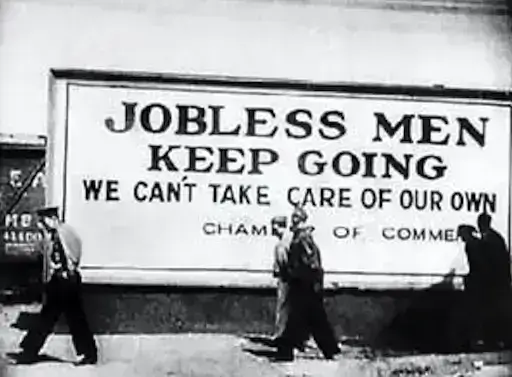
7. How many people were unemployed during the great depression?
As many as 15 million Americans were unemployed, or about one-quarter of the workforce.
The unemployment rate remained high for several years and only decreased after the United States entered World War II and the economy shifted to a wartime footing.
The depression also significantly impacted employment in other countries, and many people worldwide experienced unemployment and economic hardship during the 1930s.
8. What was the new deal during the great depression?
The New Deal was a series of economic programs and reforms introduced by President Franklin D. Roosevelt in response to the Great Depression. The New Deal was launched in 1933 and aimed to stabilize the U.S. economy. It has consisted of a wide range of policies and programs, including:
I. Emergency Banking Act:
Passed in 1933, this act aimed to stabilize the banking system by providing federal assistance to banks in danger of failing.
II. Civilian Conservation Corps (CCC):
This program employed young men in conservation work, such as reforestation and erosion control.
III. Federal Emergency Relief Administration (FERA):
This agency directly assisted the unemployed and those in need, including food and other necessities.
IV. Agricultural Adjustment Act (AAA):
This act aimed to stabilize agricultural prices by paying farmers to reduce crop acreage.
V. National Recovery Administration (NRA):
This agency aimed to promote economic recovery by setting industry-wide standards for wages, prices, and working conditions.
VI. Works Progress Administration (WPA):
This program provided jobs to millions of unemployed workers in public works projects, such as building roads, bridges, and public buildings.
The New Deal programs significantly impacted the U.S. economy and helped stabilize the financial system, reduce unemployment, and relieve those in need.
However, the effectiveness and impact of the New Deal have been a subject of debate among historians and economists.
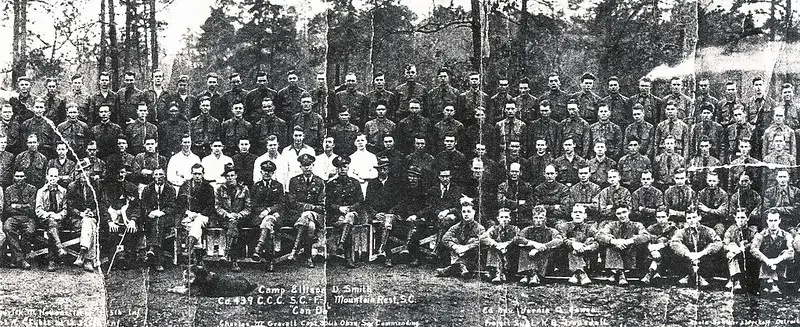
9. How did the new deal help the great depression?
I. Job Creation:
The New Deal created millions of jobs through programs like the Works Progress Administration and indirectly through increased government spending on public works projects.
II. Financial Reforms:
The New Deal introduced a series of financial reforms to stabilize the banking system and prevent future economic crises. The Federal Deposit Insurance Corporation (FDIC) was created to insure bank deposits, and the Securities and Exchange Commission (SEC) was created to regulate the securities industry.
III. Relief Programs:
The New Deal introduced a range of relief programs that directly assisted those suffering from unemployment and poverty. These programs included the Federal Emergency Relief Administration (FERA) and the Civilian Conservation Corps (CCC), which provided food, shelter, and employment to those in need.
IV. Agricultural Reforms:
The Agricultural Adjustment Act (AAA) aimed to stabilize agricultural prices by paying farmers to reduce crop acreage. This program helped increase farmers’ income and stabilize the agricultural industry.
However, the impact and effectiveness of the New Deal have been the subject of debate among historians and economists.
%20removing%20Ribes.webp)
10. How did people survive the great depression?
The Great Depression was a time of extreme economic hardship in the United States, and many people struggled to make ends meet. Here are some ways people survived the Great Depression:
I. Breadlines and Soup Kitchens:
Many charities and community organizations set up breadlines and soup kitchens to provide food for those who could not afford it.
II. Shelters and Homelessness:
Homelessness was a major problem during the Great Depression, and many people lived in shantytowns and Hoovervilles, makeshift communities of homeless people.
III. Community Support:
Many communities came together to help each other during the Great Depression. People shared resources, bartered for goods and services, and looked out for each other.
IV. Farming and Gardening:
Some people survived the Great Depression by growing their food. Those with access to land and resources could grow crops and raise animals for food.
V. Government Programs:
The New Deal introduced a range of government programs that assisted those suffering from unemployment and poverty. These programs, such as the Civilian Conservation Corps (CCC) and the Works Progress Administration (WPA), provided employment and relief to millions of people.
11. What was life like during the great depression?
I. Unemployment:
Unemployment was widespread during the Great Depression, with rates reaching 25%. Many people lost their jobs and struggled to find work, which led to poverty and homelessness.
II. Poverty and Homelessness:
Many people could not afford necessities like food and shelter, and homelessness was common. Shantytowns and Hoovervilles, makeshift communities of homeless people, sprang up in many cities.
III. Hunger and Malnutrition:
Many people went hungry during the Great Depression, and malnutrition was a common problem. Charities and community organizations set up soup kitchens and breadlines to provide food for needy people.
IV. Migration:
Many people were forced to leave their homes and communities for work or better living conditions. This led to a large-scale migration of people from rural areas to cities and from one part of the country to another.
V. Social Unrest:
The economic and social upheaval of the Great Depression led to social unrest and political radicalization. Protests, strikes, and riots were common, and many people turned to extremist political movements in search of solutions to the crisis.
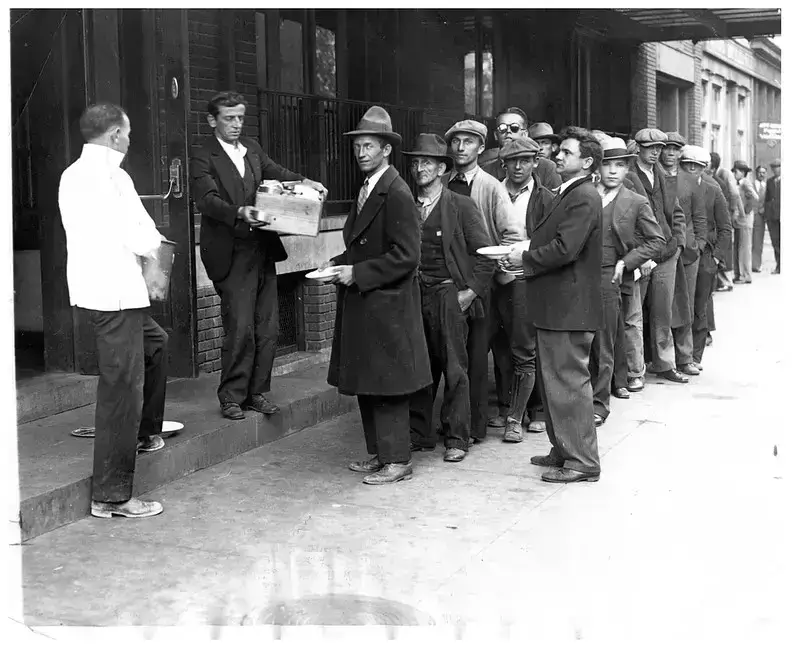
12. What did people eat during the great depression?
During the Great Depression, many people struggled to afford enough food, and hunger and malnutrition were common problems. People had to be creative and resourceful to make do with what they had. Here are some foods commonly eaten during the Great Depression:
I. Soup:
Soup was a popular food during the Great Depression because it was cheap and could be made with leftover ingredients. Many soup kitchens and charitable organizations served soup to those in need.
II. Bread:
Bread was a staple food during the Great Depression because it was cheap and filling. People often made their bread home because it was less expensive than buying it.
III. Potatoes:
Potatoes were another cheap and filling food commonly eaten during the Great Depression. They could be boiled, mashed, or fried and were often used as a substitute for more expensive foods.
IV. Beans:
Beans are a good protein source and are often used as a meat substitute. They could be boiled or baked, a common ingredient in soups and stews.
V. Canned Goods:
Canned goods were popular during the Great Depression because they were cheap and had a long shelf life. Canned fruits and vegetables, as well as canned meat and fish, were often used in meals.
VI. Wild Game:
Some people hunted and fished for food during the Great Depression. Wild games, such as rabbits, squirrels, and fish, provided a source of protein that was otherwise hard to come by.
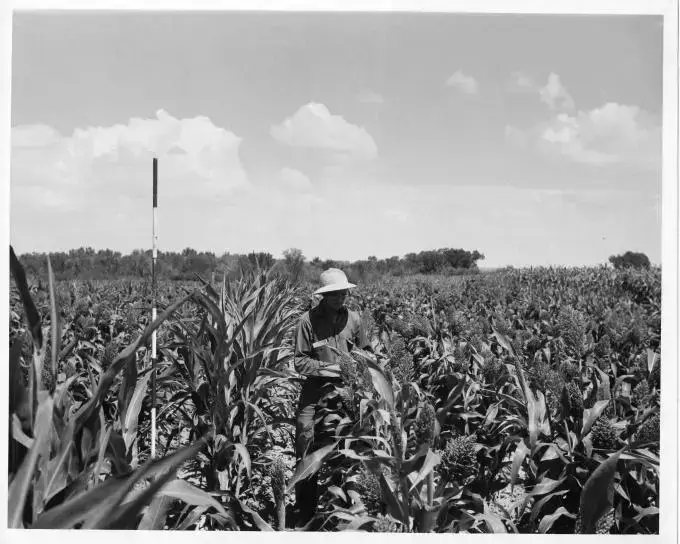
13. How many people died in the great depression?
According to data from the National Bureau of Economic Research, the mortality rate in the United States declined by about 10% between 1929 and 1933, the years of the worst economic decline. However, mortality rates for specific causes of death did increase during the period. For example:
I. Suicide rates in the United States increased by about 30% between 1929 and 1932, according to a study published in the Journal of Economic History.
II. Rates of malnutrition and related illnesses also increased during the Great Depression. According to one estimate, as many as 5,000 people died from malnutrition in New York City alone during the winter of 1932-33.
III. Some diseases, such as tuberculosis, were more common during the Great Depression, as poor living conditions and inadequate nutrition weakened people’s immune systems.
While it is difficult to say exactly how many people died due to the Great Depression, these figures indicate how the period affected public health and mortality rates in the United States.
14. What were the effects of the great depression?
Here are some of the key effects of the Great Depression:
I. Economic hardship:
The Great Depression led to high levels of unemployment, widespread poverty, and severe economic hardship for millions of people. Many lost their homes, savings, and jobs and struggled to make ends meet.
II. Social and political upheaval:
The economic and social dislocation caused by the Great Depression contributed to social and political unrest in many parts of the world. Many people became disillusioned with the political and economic systems of the time and looked for alternative governance and social organization models.
III. Changes in public policy:
The Great Depression led to significant changes in public policy, as governments worldwide implemented various measures to stabilize the economy and support those in need. These policies included the New Deal in the United States, which expanded social welfare programs and invested in public works projects to create jobs.
IV. Global impact:
The Great Depression profoundly impacted the global economy, as countries worldwide struggled to cope with the economic downturn. The Depression contributed to a rise in protectionism and nationalism and ultimately played a role in the outbreak of World War II.

15. Where did the great depression take place?
It began in the United States in 1929 and lasted over a decade.
The effect has quickly spread to other parts of the world, including Europe, Asia, and Latin America.
The economic contraction was particularly severe in industrialized countries but significantly affected agricultural and developing economies.
16. How many banks failed during the great depression?
The exact number is difficult to determine, but estimates suggest that more than 9,000 banks failed between 1930 and 1933.
17. Why did banks fail during the great depression?
During the Great Depression, banks failed for several reasons, including:
I. Stock market crash:
The stock market crash of 1929 caused many investors to lose money, which led to a decrease in consumer spending and a decline in economic activity. This decrease in economic activity, in turn, led to a reduction in bank deposits.
II. Chain reaction of bank failures:
The failure of one bank could cause a chain reaction of failures in other banks, as depositors rush to withdraw their money. This caused a loss of confidence in the banking system and decreased lending.
III. Over-speculation:
In the years leading up to the Great Depression, many banks engaged in risky lending practices, such as lending money to investors to buy stocks. Many of these loans became worthless when the stock market crashed, leading to significant bank losses.
IV. Agricultural crisis:
The agricultural sector was hit particularly hard during the Great Depression, as falling commodity prices and a severe drought led to widespread farm failures. Many banks had loaned money to farmers, and when these loans could not be repaid, it led to significant losses for the banks.
The government responded with reforms and regulations to stabilize the banking system, such as the Federal Deposit Insurance Corporation (FDIC) creation in 1933, which insured deposits and helped restore confidence in the banking system.
18. How did the government help during the great depression?
Some of how the government helped during the Great Depression include:
I. The New Deal:
President Franklin D. Roosevelt’s New Deal was a series of programs and policies to provide relief, recovery, and reform. The New Deal included a range of initiatives, such as the Civilian Conservation Corps (CCC), the Works Progress Administration (WPA), and the Social Security Act, which provided jobs, aid, and support for people struggling during the Great Depression.
II. Federal Reserve policies:
The Federal Reserve implemented various policies to stabilize the banking system and stimulate economic growth. These policies included lowering interest rates, increasing the money supply, and providing loans to struggling banks.
III. Agricultural programs:
The government implemented a range of programs aimed at helping struggling farmers. These programs included price support, subsidies, and crop insurance, which helped stabilize the agricultural sector and prevent farm failures.
IV. Public works programs:
The government implemented various public works programs to create jobs and stimulate economic growth. These programs included the construction of roads, bridges, and other infrastructure projects.
V. Banking reforms:
The government implemented a range of reforms to stabilize the banking system, such as the creation of the Federal Deposit Insurance Corporation (FDIC), which insured deposits and helped restore confidence in the banking system.
While the effectiveness of these policies is still debated, they played a significant role in stabilizing the economy and helping people during a difficult period in American history.
19. How were minorities at a disadvantage during the great depression?
Minorities, particularly African Americans and Latinos, were disproportionately affected by the Great Depression and faced significant disadvantages compared to white Americans. Here are a few ways in which minorities were at a disadvantage during the Great Depression:
I. Discrimination in employment:
Minorities faced significant discrimination in the job market, which made it even more difficult to find work during the Depression. Many employers refused to hire minorities or only hired them for low-paying jobs.
II. Limited access to relief programs:
Many New Deal programs were designed to relieve the neediest Americans, but minorities often had limited access to these programs. For example, some New Deal programs excluded agricultural and domestic workers, jobs many minorities held.
III. Racial violence:
In many parts of the country, minorities faced violence and discrimination from white Americans. This could include lynchings, race riots, and other forms of violence, making it even more difficult for minorities to find work or receive assistance.
IV. Housing discrimination:
Minorities were often confined to segregated neighborhoods and faced discrimination when purchasing or renting homes. This made it even more difficult for minorities to find stable housing during the Depression.
20. Why was the great depression important?
The Great Depression was an important event in world history for several reasons:
I. Economic Impact:
The Great Depression was the most severe economic downturn in the industrialized world, lasting over a decade and causing widespread economic hardship. It had a lasting impact on the world economy and transformed economic theory and policy.
II. Social Impact:
The Great Depression profoundly impacted American society. It led to a massive increase in unemployment, poverty, and homelessness and forced many people to change their way of life.
III. Political Impact:
The Great Depression played a key role in shaping the political landscape of the 20th century. It led to the rise of authoritarian regimes in Europe. It contributed to the emergence of the welfare state in the United States.
IV. Lessons Learned:
The Great Depression led to a rethinking of economic theory and policy and prompted the development of new tools and institutions to help prevent similar crises.
21. What were the global impacts of the great depression?
Here are some of how it impacted the global economy:
I. International Trade:
The decline in economic activity in the United States led to a sharp decline in international trade, as countries that relied on exports to the US saw their markets dry up.
II. Banking and Finance:
The financial crisis that led to the Great Depression was a global phenomenon, and many banks worldwide failed or faced serious financial difficulties.
III. Unemployment:
The high levels of unemployment in the United States during the Great Depression led to a decline in demand for goods and services, affecting many other countries worldwide.
IV. Political Instability:
The Great Depression contributed to the rise of authoritarian regimes in many countries, including Germany, Italy, and Japan. It also significantly impacted the politics of many other countries.
V. International Cooperation:
The Great Depression led to increased cooperation among countries, as many realized the need for coordinated action to address the economic crisis.
Understand Economic Events Better with Demo Account
Are you looking to understand better how economic events impact the financial markets? Open a demo account today and get hands-on experience without risking any of your hard-earned money. ATFX offers all the major financial products on a solid trading platform to practice different strategies while still learning from a guide or the free training materials ATFX provides. So, get your demo trading account for free now !
